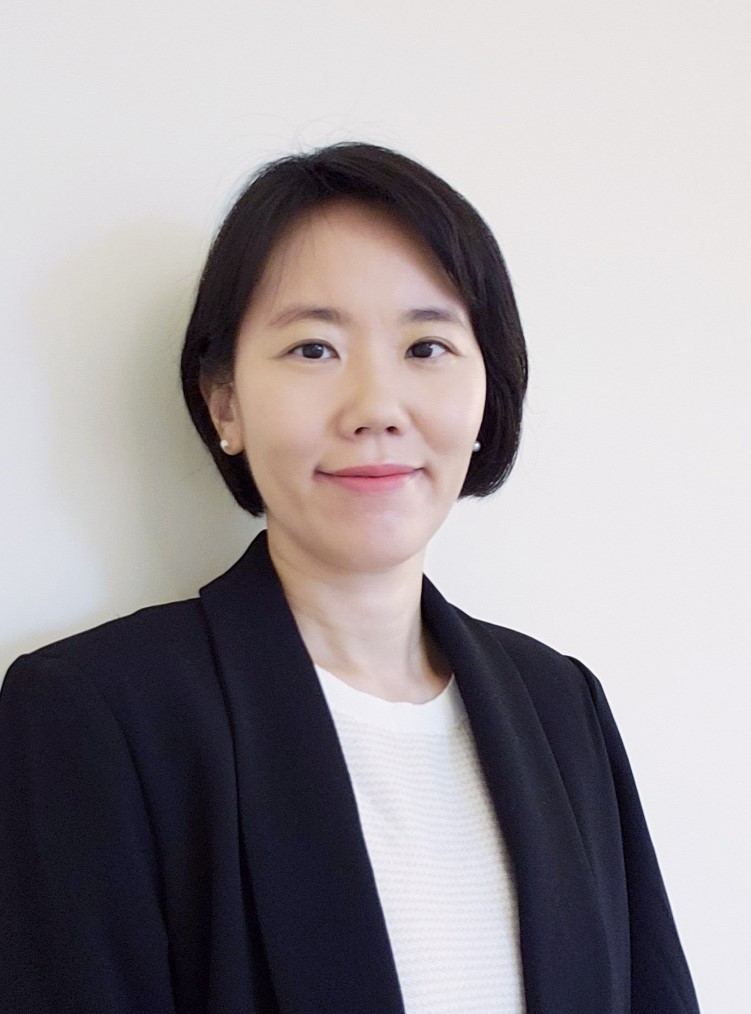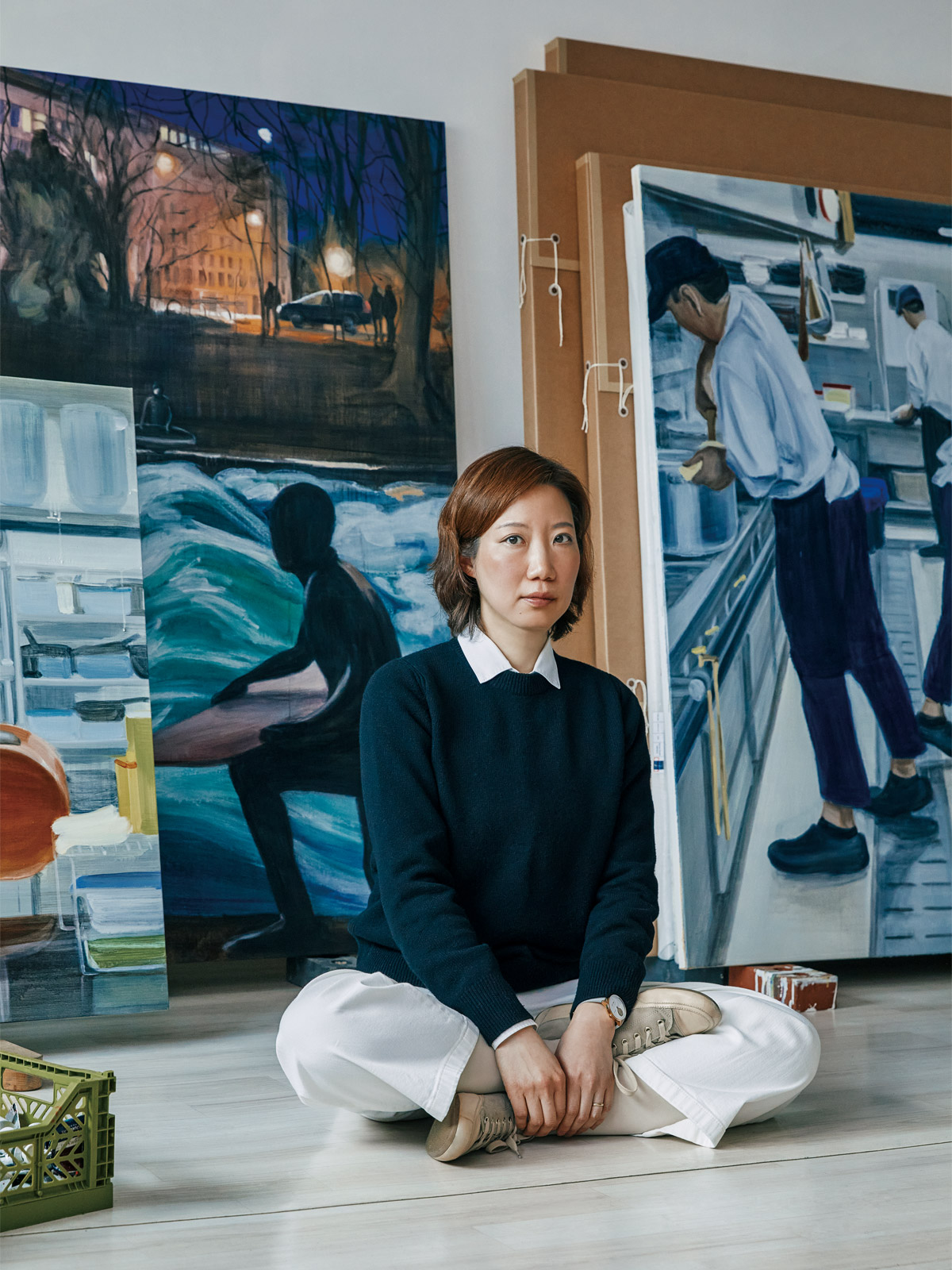 Do Ho Suh, Public Figures(detail), 1998–2023 ©Do Ho Suh and Lehmann Maupin, New York, Seoul, and London
Do Ho Suh, Public Figures(detail), 1998–2023 ©Do Ho Suh and Lehmann Maupin, New York, Seoul, and LondonThe Smithsonian’s National Museum of Asian Art (NMAA) will present Do Ho Suh’s installation work Public Figures, on view for 5 years beginning April 27 at the museum’s Freer Plaza, facing the National Mall in Washington, D.C.
Public Figures, in which a large number of small figures join forces to lift a huge weighted tabletop, has been noted as a concept that challenges heroic individualism. Instead of supporting a single heroic figure or commemorating a specific historical event, the work is considered to reveal the role and meaning of individual subjects in society.
The unveiling of Public Figures is supported by Korea Foundation (KF), and marks the culmination of the National Museum of Asian Art’s centennial celebrations. Public Figures was created in the form of a cornerstone supporting the museum’s 100th anniversary monument. Ushering in the museum’s second century, this will be the first new sculpture to be displayed in front of the building in over three decades.

Do Ho Suh, Public Figures(detail), 1998–2023 ©Do Ho Suh and Lehmann Maupin, New York, Seoul, and London
“Suh’s monument will prompt visitors to ask questions—about individual and collective identity, whom we memorialize and why,” said Chase F. Robinson, the museum’s director. “‘Public Figures’ is an embodiment of our museum’s commitment for our next 100 years: to serve as a resource for learning, reflection and collaboration. It also reflects our deepening engagement with the art and culture of Korea, which we have championed since we first opened our doors in 1923.”
Opened in 1923, the NMAA is the largest art institution in the United States specializing in Asian art and is located in Washington, D.C., which attracts a diverse audience of world opinion leaders, cultural figures and the general public. The NMAA has the largest and most comprehensive collection of Asian art in North America, with more than 45,000 artifacts ranging from ancient to modern and encompassing the cultures of China, Japan, Korea, South Asia, Southeast Asia and Islam.
The NMAA was one of the first museums in the United States to exhibit Korean art and now holds more than 800 Korean artworks. With the recent global interest in Korean culture, the NMAA is expanding its programming to showcase Korean art alongside Korean pop culture, including film, food, music and performance.





















